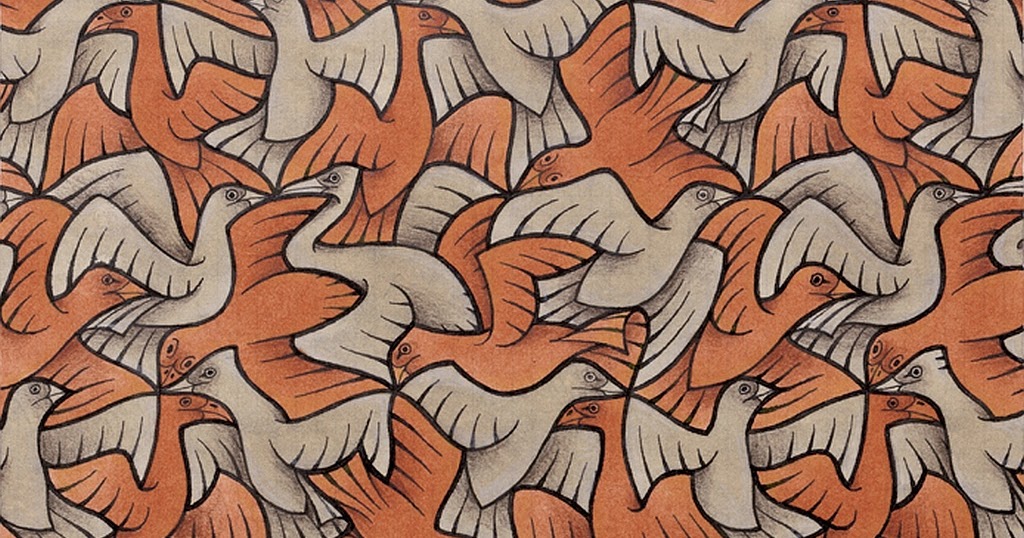

This project kept her quite engaged, and she kept coloring and coloring until her vision was complete. Once she had traced all she wanted, I just encouraged her to make them look like a house and use a variety of colors. Abigail traced around her template onto roll out paper, so she had plenty of room to go as big as she was inspired to go. It may even be better suited for older grades, but Abigail seemed to really enjoy it, so it is up to you to know your own child. I would say 6 would be the youngest I’d go with this activity, unless your child is extremely skilled at tracing. I helped her line it up and hold it in place at times. I let her do a lot of this on her own, and I would say at age 6 she could just do it. I had used stock paper (a bit stiffer) for the template because I knew she had to trace around it. Once finished, she decided this looked like a house to her, so we went with it. Have a few goes at it and see what you like best. You may not get something that looks like anything on the first try. She chose option B, and you can see her process above. The other option, I said, was to just go for it and draw something, cut it out, tape it back together like I showed her and then see if it looks like anything to her once she did that. I told her she could try and think of an image she wanted to create that might be able to fit together. I added a little face so Abby could see how I had a fish in my mind. The picture obviously shows I taped it together.

I chose to then take another shape from the bottom and move it to the top. You want to cut out a shape on one side and move directly to the opposite side. I had a fish in mind when I set out on this project, but I wanted to keep it very simple for my daughter’s sake…oh, and my own. I wanted to show Abby an example of how it worked in real life, so I did my own little example, taking pictures along the way so I could share it with you.

This was stock paper (just a bit thicker than normal paper). The first thing I did was fold the paper so I had rectangles. Abby played with this for a bit before we moved on to the craft.
#ESCHER TESSELLATION HOW TO#
This game really helps you understand how to make a tessellation that will fit together and work. The next thing I had her do was to play this tessellation game I found on PBS kids website. It was fun to watch her try and see how the images fit together. Here is a picture of Abby discovering some of his tessellations for the first time. Therefore, as I was trying to think of what new craft I wanted to do with my kids, I decided to look into some of my own favorite artists for inspiration. If you are going to paint in an impressionist style, then study impressionist artists and their work prior to exploring this style of art with your own kids or students. One of the things my teacher emphasized is to not just do art projects to do art projects but to always tie them in to an art history lesson. I have a degree in education and my class on teaching art had to be one of my favorites.

When I was in college I learned the importance of teaching art to kids. Escher has inspired some of the ideas you see today. Tessellation artwork has always been so interesting to me, and I was happy to discover a way to make it accessible as art for kids.


 0 kommentar(er)
0 kommentar(er)
